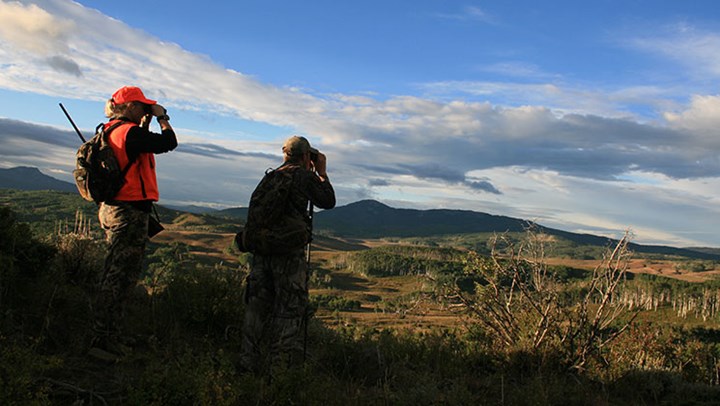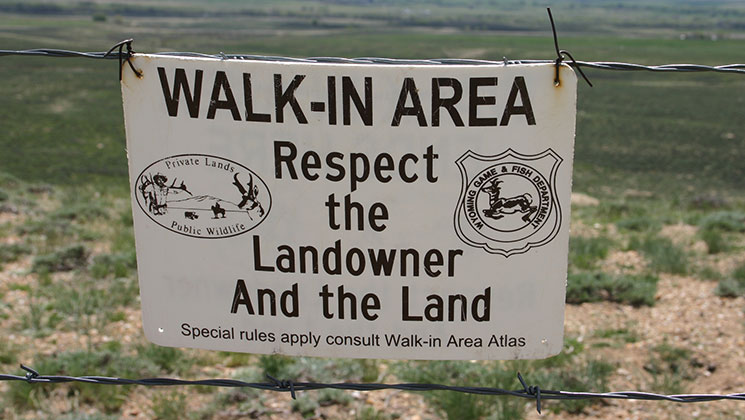
by Michael D. Faw - Wednesday, July 18, 2018

While American hunters widely recognize the U.S. Forest Service, Bureau of Land Management and other federal agencies as gate keepers of public lands that permit hunting, did you know there are millions more acres of overlooked public lands available for hunting?
One such place I discovered was near a small airport out West on the edge of a mid-sized town’s city limits. There were pronghorns there, and I’d drawn a pronghorn hunting tag in that zone. This parcel was a mere 200 acres in size, most of which could be observed from a prominent high-ground point. It was from there that I spotted a herd standing along the tract’s east border. I crept into a narrow canyon and moved closer. I waved a flag and drew the curious pronghorns toward me close enough for a successful shot. In less than an hour I had filled my tag. Strangely, I saw no other hunters on this land or on nearby tract of public land I hunted successfully the following year. These overlooked public tracts can be real gems. A little detective work can lead you right to them so you can sidestep the pressure found on the more recognizable public lands that permit hunting.
State Land Opportunities

State Game Agencies and WIAs
Many state game departments are now pursuing such type leases or agreements. Additional details on the Kansas WIA opportunities for those willing to walk are available here. You could also encounter WIAs in Iowa, Nebraska, Minnesota, Montana, Oklahoma, Missouri and other states.
As you can tell, beyond the sprawling federal lands are other acres where hunters can find hunting opportunities. The great news is that most state game departments have online guides and printed booklets to guide you in your search for places to hunt. Kansas, for example, publishes the annual Kansas Hunting Atlas, a 60-page booklet covering Walk-In Hunting Areas (WIHA) along with state and federal lands. It also provides details on rental cabins in state parks and wildlife areas, plus information on game species from sandhill cranes to doves and deer. Small and large tracts dot each page of the booklet. Click here for details and find a gem of your own.
E-mail your comments/questions about this site to:
[email protected]
